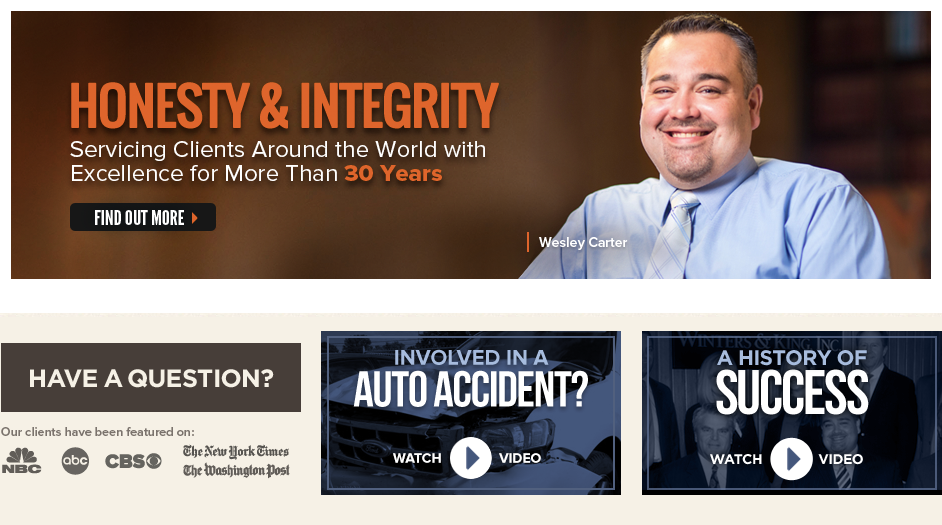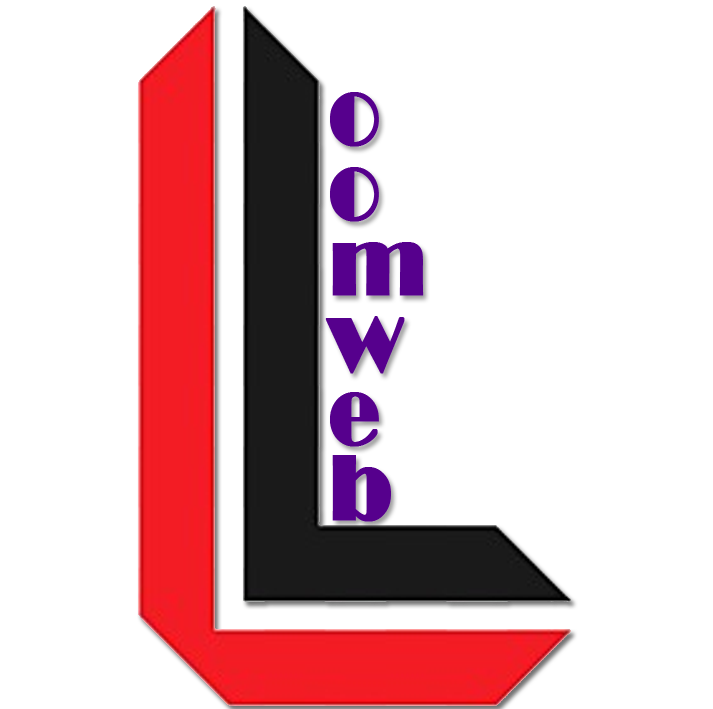Injury Lawyer Tulsa: Navigating the complexities of personal injury claims in Tulsa can be daunting. This guide provides a comprehensive overview of the legal landscape, client needs, effective marketing strategies, and the processes involved in securing compensation for injuries. We explore the various types of injury cases handled by Tulsa injury lawyers, from car accidents to medical malpractice, and delve into the crucial aspects of building strong cases and achieving successful outcomes for clients.
Understanding the intricacies of personal injury law, especially the nuances specific to Oklahoma, is paramount. This resource aims to clarify the process for those seeking legal representation, while also offering valuable insights for injury lawyers seeking to enhance their practice in the competitive Tulsa market. We’ll cover everything from attracting clients through effective marketing to managing client expectations and building a strong reputation within the community.
Client Needs and Expectations

Seeking legal representation after an injury is a stressful and often confusing experience. Clients facing such circumstances typically grapple with a multitude of concerns, ranging from the immediate physical and emotional aftermath of the accident to the long-term implications for their health, finances, and future. Understanding these needs and expectations is paramount for injury lawyers in Tulsa.
Clients often worry about the financial burden of medical bills, lost wages, and the overall cost of legal representation. They are concerned about the length and complexity of the legal process, the uncertainty of the outcome, and the potential impact on their family and personal life. Furthermore, they may be experiencing physical pain, emotional distress, and a lack of trust in the legal system, making them vulnerable and in need of empathetic and competent guidance.
Common Client Concerns and Anxieties, Injury lawyer tulsa
Clients’ primary concerns revolve around financial security and the ability to recover from their injuries. The fear of mounting medical expenses, inability to work, and the potential for long-term disability are significant stressors. They also worry about the fairness of the legal process and whether they will receive just compensation for their pain and suffering. Communication is key; clients need to feel heard and understood throughout the process. The uncertainty of the legal process, coupled with the physical and emotional toll of the injury, creates significant anxiety. This anxiety is often exacerbated by a lack of understanding of the legal system and the steps involved in pursuing a claim.
Factors Influencing Client Choice of Lawyer
When choosing an injury lawyer, clients consider several key factors. Reputation and experience are paramount; clients seek lawyers with a proven track record of success in handling similar cases. Accessibility and responsiveness are also crucial; clients want a lawyer who is readily available to answer their questions and provide updates on their case. The lawyer’s communication style and their ability to explain complex legal concepts in a clear and understandable manner significantly influence the client’s decision. Finally, the lawyer’s fees and payment structure are important considerations, especially given the financial strain clients are already experiencing.
Effective Communication Strategies for Injury Lawyers
Effective communication is vital in building trust and rapport with clients. This involves regular updates on the progress of the case, prompt responses to client inquiries, and clear explanations of legal procedures and terminology. Active listening is essential; lawyers should genuinely listen to their clients’ concerns and validate their feelings. Empathy and compassion are crucial in helping clients navigate the emotional and psychological challenges they face. Providing clients with realistic expectations about the timeline and potential outcomes of their case is also important. Finally, utilizing various communication channels, such as phone calls, emails, and text messages, can improve accessibility and maintain consistent contact.
Client Journey Flowchart
A visual representation of the client journey might look like this:
[Imagine a flowchart here. The flowchart would begin with “Initial Client Contact” and branch into “Intake and Consultation.” This would then lead to “Case Evaluation and Strategy.” Following this would be “Investigation and Discovery,” leading to “Negotiation and Settlement.” If settlement fails, the flowchart would branch to “Litigation and Trial,” and finally conclude with “Case Resolution (Settlement or Verdict).”] Each stage would involve key communication points between the lawyer and the client. For instance, during the initial contact, the lawyer would provide information on the firm and their services. During the case evaluation, the lawyer would explain the strengths and weaknesses of the case. Throughout the process, regular updates would be provided to keep the client informed.
Marketing and Advertising Strategies: Injury Lawyer Tulsa
Successfully marketing a Tulsa injury law firm requires a multi-faceted approach leveraging both online and offline strategies. A strong online presence is crucial in today’s digital landscape, allowing firms to reach a wider audience and compete effectively. This section will Artikel effective online marketing techniques, focusing on strategies that resonate with potential clients in the Tulsa area.
Effective online marketing strategies for Tulsa injury lawyers hinge on a well-defined target audience and a clear understanding of their online behavior. This involves understanding where potential clients search for legal services, what s they use, and what kind of content resonates with them. A data-driven approach, utilizing analytics to track performance and make adjustments, is paramount for sustained success.
Local for Attracting Clients
Local Search Engine Optimization () is paramount for Tulsa injury lawyers. By optimizing their online presence for local searches, firms can ensure that their website appears prominently when potential clients in Tulsa search for “injury lawyer Tulsa,” “car accident lawyer Tulsa,” or similar terms. This involves optimizing website content, Google My Business profile, and online directories like Yelp and Avvo with accurate and consistent information, including the firm’s address, phone number, and service area. Building high-quality local citations—mentions of the firm’s name, address, and phone number on reputable websites—further strengthens local efforts. Regularly updating content and engaging with online reviews are also crucial for maintaining a strong local presence.
Compelling Ad Copy for Online Platforms
Creating compelling ad copy is essential for converting online views into potential clients. The language should be empathetic, reassuring, and focused on the specific needs of the target audience. For example, a Google Ads campaign targeting car accident victims might use ad copy like: “Injured in a car accident? Get the compensation you deserve. Call [Law Firm Name] for a free consultation.” On social media platforms like Facebook, a more personal and visually engaging approach might be employed, perhaps showcasing a client testimonial or a picture of the lawyer interacting with a client. Consider A/B testing different ad copy variations to determine which resonates most effectively with potential clients. For example, an ad on a platform like YouTube might feature a short video explaining the firm’s commitment to client success and their track record of winning cases.
Visually Appealing Website Design
A visually appealing website is critical for establishing credibility and trust. The website should be clean, easy to navigate, and professionally designed. High-quality images, a clear call to action (e.g., “Contact Us,” “Free Consultation”), and testimonials from satisfied clients are essential elements. The website should be mobile-responsive, ensuring optimal viewing on all devices. A user-friendly design allows potential clients to easily find the information they need, enhancing their overall experience and increasing the likelihood of them contacting the firm. A consistent brand identity across all platforms (website, social media, advertisements) reinforces the firm’s professionalism and memorability. Consider incorporating client success stories or case studies to demonstrate the firm’s expertise and build trust.
Client Testimonials and Case Studies

Positive client testimonials and compelling case studies are invaluable assets for any law firm, particularly for an injury lawyer in Tulsa. They build trust, demonstrate expertise, and ultimately drive client acquisition. By showcasing successful outcomes and positive client experiences, we can effectively communicate our commitment to achieving the best possible results for our clients.
Positive Client Testimonials
Sharing specific details from positive client testimonials significantly enhances their impact. Generic statements lack the persuasive power of personalized accounts. For example, instead of simply saying “They were great!”, a testimonial might read: “The team at [Law Firm Name] was incredibly supportive throughout my entire case. Ms. [Attorney’s Name] always took the time to explain the legal process clearly and answered all my questions patiently. I felt truly heard and understood, and I’m so grateful for their hard work in securing a fair settlement for me. I highly recommend their services to anyone facing a similar situation.” Another example could be: “After my accident, I was overwhelmed and unsure of what steps to take. [Law Firm Name] immediately put my mind at ease. Their responsiveness and thoroughness were exceptional. They handled everything efficiently and effectively, leading to a much better outcome than I ever expected.” These detailed accounts resonate more strongly with potential clients.
Anonymized Case Studies Showcasing Successful Outcomes
Case studies provide concrete evidence of a law firm’s success. An anonymized case study might detail a client’s car accident, highlighting the severity of injuries, the complexity of the insurance claim, and the ultimate settlement achieved. For instance, “A client suffered significant back injuries in a multi-vehicle collision. The insurance company initially offered a low-ball settlement. Our firm meticulously investigated the accident, gathering evidence and expert testimony to demonstrate the full extent of the client’s damages. Through aggressive negotiation, we secured a settlement exceeding the initial offer by over 300%, enabling the client to cover medical expenses, lost wages, and pain and suffering.” Another example might involve a worker’s compensation case, illustrating how the firm secured benefits for a client despite resistance from the employer’s insurance carrier. These detailed accounts demonstrate the firm’s ability to handle complex cases and achieve favorable outcomes.
Impact of Positive Testimonials on a Law Firm’s Reputation
Positive testimonials significantly enhance a law firm’s reputation and build trust with potential clients. Online reviews and testimonials act as social proof, indicating the quality of service and the likelihood of positive outcomes. They increase credibility and can influence a potential client’s decision to choose a specific firm. Positive testimonials also contribute to improved search engine optimization (), as positive reviews from reputable sites increase a firm’s online visibility. This increased visibility translates into more potential clients and ultimately contributes to the firm’s overall success.
Client Testimonials Webpage Section
This section showcases authentic client experiences:
“From the initial consultation to the final settlement, [Law Firm Name] provided exceptional service. Their dedication and professionalism were evident throughout the entire process. I highly recommend their services.” – Anonymous Client
“I was involved in a serious car accident and was unsure of what to do. [Law Firm Name] guided me through every step, answering all my questions with patience and understanding. They fought for me and secured a settlement that allowed me to focus on my recovery.” – Anonymous Client
“The team at [Law Firm Name] exceeded my expectations. Their knowledge and expertise were invaluable in resolving my case. I am incredibly grateful for their hard work and dedication.” – Anonymous Client
Fees and Payment Options

Understanding how you will pay for legal representation is crucial when choosing an injury lawyer. Most injury lawyers in Tulsa, like many across the country, operate primarily on a contingency fee basis, although hourly rates are also sometimes used, particularly for specific tasks or smaller cases. Transparency in fee arrangements is paramount for building trust and ensuring a positive client experience.
Different Fee Structures Used by Injury Lawyers
Contingency fees and hourly rates represent the most common fee structures used by personal injury lawyers. A contingency fee means the lawyer’s fee is a percentage of any settlement or judgment you receive. This percentage is typically agreed upon upfront and is only paid if the lawyer successfully recovers compensation for you. Hourly rates, on the other hand, involve paying the lawyer for their time spent working on your case, regardless of the outcome. Some lawyers may also use a hybrid approach, combining aspects of both contingency and hourly fees, particularly in complex cases.
Transparency and Clarity in Fee Discussions
Open and honest communication about fees is essential. Clients deserve a clear understanding of all potential costs associated with their case, including attorney fees, court costs, expert witness fees, and other expenses. This transparency helps prevent misunderstandings and builds trust between the client and lawyer. Ambiguous language should be avoided, and any complex terms or concepts should be explained in plain terms.
Examples of Clearly Communicating Fee Information
Effective communication about fees can involve providing clients with a written fee agreement that details all charges. This agreement should clearly state the fee structure (contingency or hourly), the percentage or hourly rate, what expenses are included and excluded, and how payments will be handled. A simple example of this would be: “Our firm charges a contingency fee of 33% of any settlement or judgment obtained on your behalf. This fee only applies if we successfully recover compensation for you. Additional expenses, such as court filing fees and expert witness fees, will be discussed separately and will be your responsibility.” Another example for hourly fees would be: “Our hourly rate for this type of case is $250. We will provide you with regular invoices detailing the time spent on your case.”
Comparison of Fee Structures
| Fee Structure | Description | Client Implications |
|---|---|---|
| Contingency Fee | Lawyer’s fee is a percentage of the settlement or judgment. | No upfront costs, but lawyer’s fee is deducted from the final award. Higher risk for the lawyer, potentially leading to more aggressive representation. |
| Hourly Rate | Client pays for the lawyer’s time spent on the case. | Predictable costs, but can be expensive, especially for lengthy cases. Client pays regardless of outcome. |
Successfully navigating the legal complexities of personal injury requires both expertise and empathy. This guide has highlighted the key aspects of the injury lawyer Tulsa landscape, from understanding client needs and building strong cases to effective marketing and community engagement. By focusing on building trust, providing clear communication, and demonstrating a commitment to client success, injury lawyers in Tulsa can effectively serve their community and achieve positive outcomes for those who have suffered injuries. Remember, seeking legal counsel is a crucial step in the recovery process, and choosing the right injury lawyer is paramount.
Finding the right injury lawyer in Tulsa requires careful consideration of experience and expertise. Similarly, those seeking legal representation in South Carolina might explore options like injury lawyer Columbia SC , a practice area with its own unique set of legal nuances. Ultimately, the best injury lawyer for your situation, whether in Tulsa or elsewhere, depends on your specific needs and the nature of your case.
Finding the right injury lawyer is crucial after an accident, whether you’re in Tulsa or elsewhere. The process can be similar across states, though legal specifics vary. For instance, if your injury occurred in Philadelphia, you might consider seeking counsel from a reputable firm like those listed on this helpful resource for finding a personal injury lawyer in philadelphia.
Returning to Tulsa, remember that a skilled local attorney understands the nuances of Oklahoma law, ensuring you receive the best possible representation.
Finding the right injury lawyer Tulsa residents can trust is crucial after an accident. The process can be similar in other regions, and understanding the legal landscape is key; for example, if you’re considering options in California, you might research a personal injury lawyer in san jose. Ultimately, securing competent legal representation, whether in Tulsa or elsewhere, is paramount for a successful outcome.



